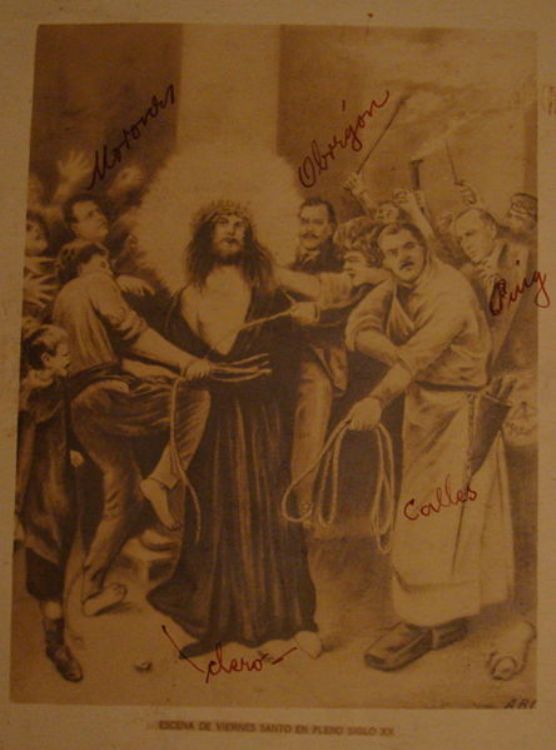
The Cristero War is also known as Cristiada. It was an ar...
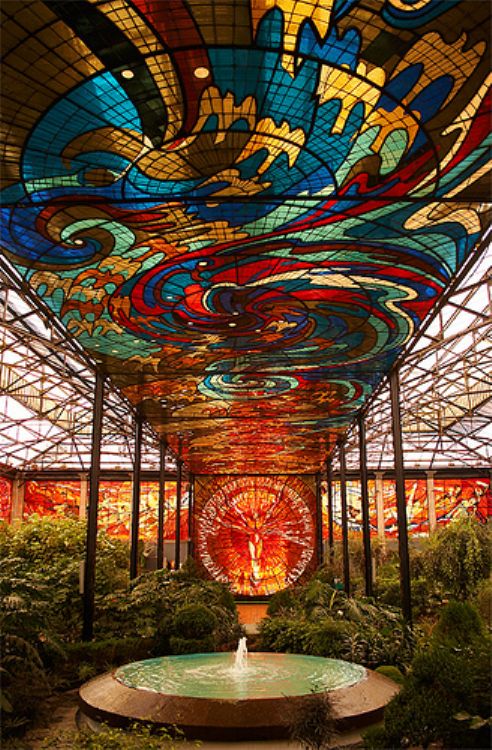
The state of Mexico is still inhabited by direct descendents of some of the tribes that lived in the region when the Spanish arrived in the XVI century. Those ethnic groups, many of whom still speak their indigenous tongues, include the Mazahuas, Matlatzincas, Nahuas, Otomíes y Tlahuincas, which inhabit the localities of Teotenango, Valle de Bravo, San Felipe del Progreso, El Oro, Jocotitlán, Villa de Allende, Atlatcomulco, Almololya de Juárez, Texcoco, Tenango del Valle, Amecameca, Toluca, Metepec and Ocuilan.
As a result of this mosaic of living cultures, many of the traditions of the indigenous ancestors are kept alive in the state, such as the celebration of ancient pagan festivities or those resulting of the fusion between the native and those imposed by the catholic missionaries, such as the "Day of the Dead", during which the ancient indigenous conceptions of life after death are celebrated in honor of those already experiencing the "next stage". Easter and the so-called "Brotherhood of the Cruciferous" are also important events within the states schedule.
The great extension and diversity contained in the state of Mexico makes it very hard to speak of a generalized gastronomy for the whole entity, except of course for the preponderance of corn as the main ingredient in the diet of any Mexican, as every community respond to very particular preferences and realities, as in Aculco for instance, where dairy products and cheese in particular represent a local pride highly regarded around the region. Two other examples of this diversity are the town of Naucalpan de Juarez, described as "mature", which means zealously guards its ancient culinary recipes such as the platters based on deer meat, rabbit, maguey worms, armadillo and a fish called charal; and the town of Toluca, famous for its chorizo made with vinegar and hot pepper, as well as for its delicious tacos and stews made with a little beef or pork complemented with various vegetables and special condiments.

The Cristero War is also known as Cristiada. It was an ar...
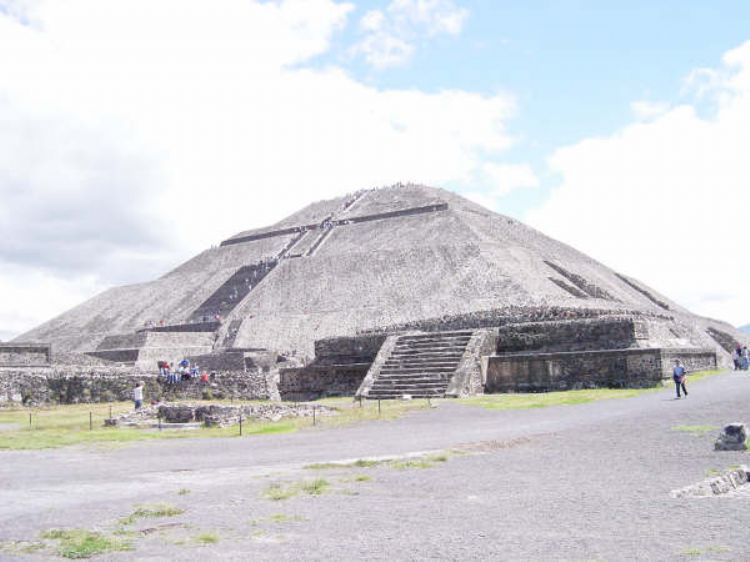
In náhuatl it refers to the place where the gods a...
.jpg)
One of UNESCOâs goals is for men and women to have spir...
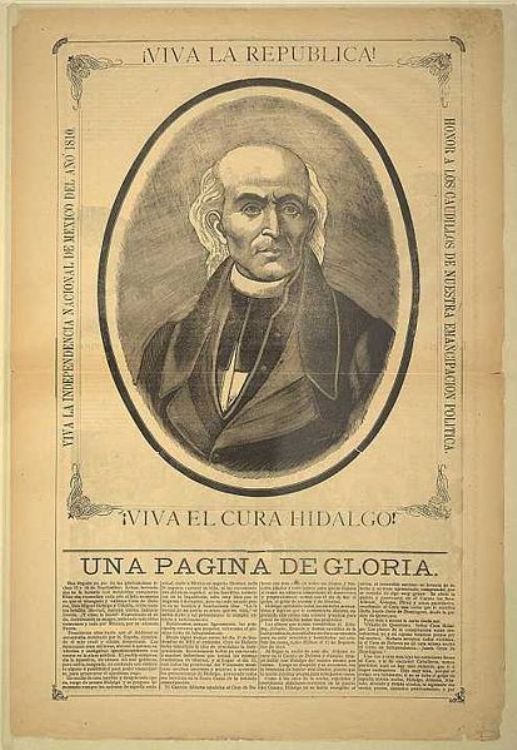
Miguel Hidalgo is one of the most recognized characters i...

The Business Tax to Unique Rate (Impuesto Empresarial de ...
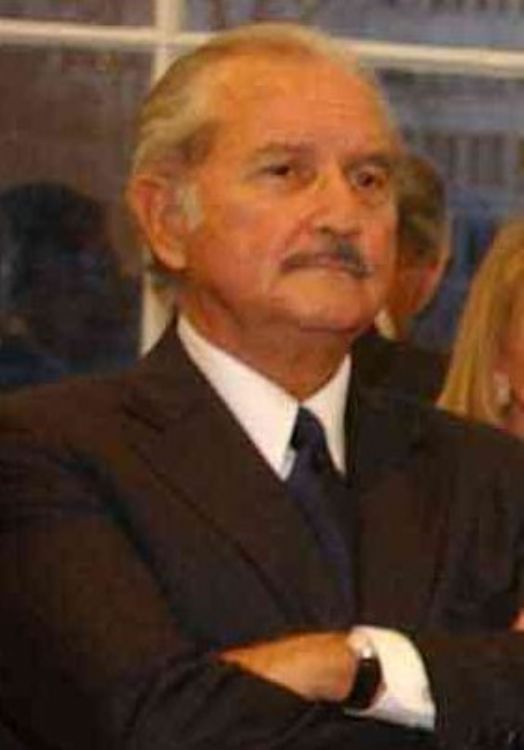
The son of diplomatic parents, Carlos Fuentes was born in...
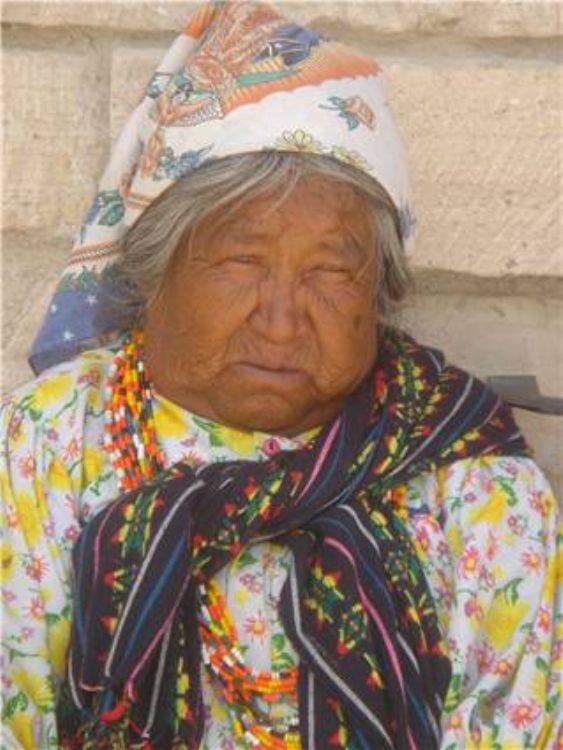
The Spanish language arrived with the Spanish conquerors ...
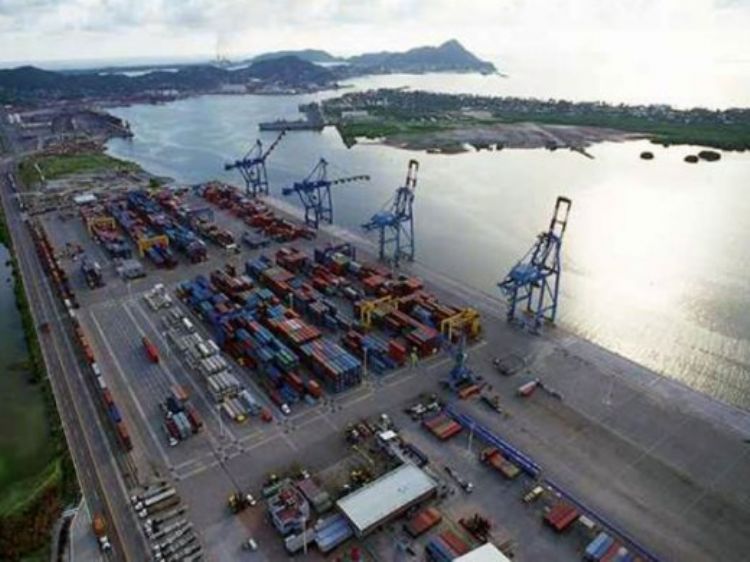
Port of Ensenada; This port is located on Mexicoâs nort...